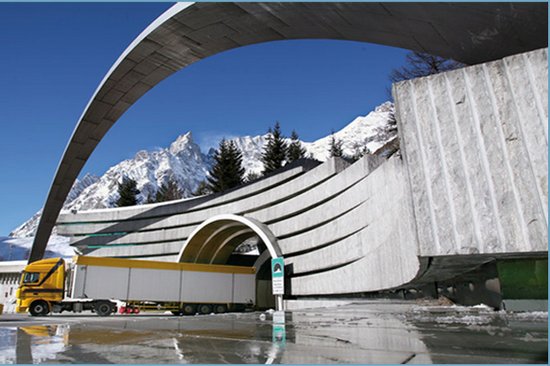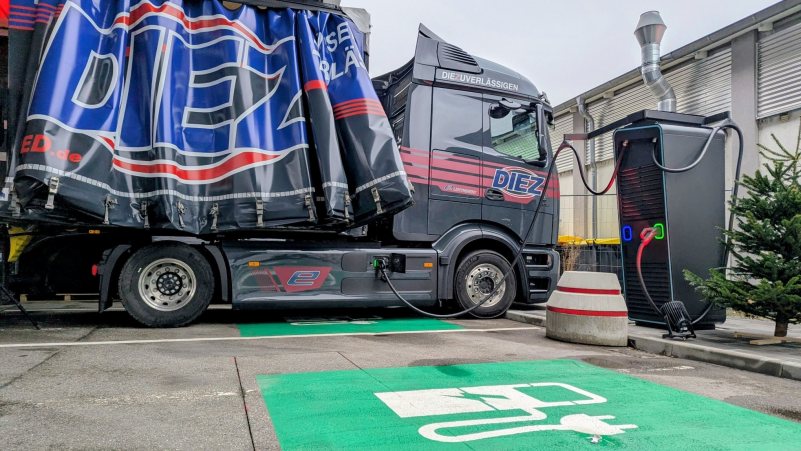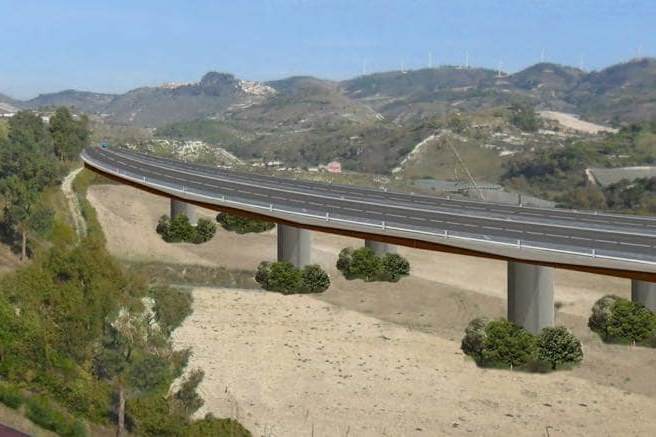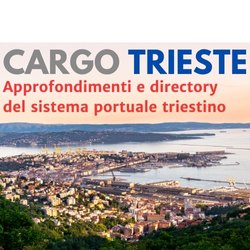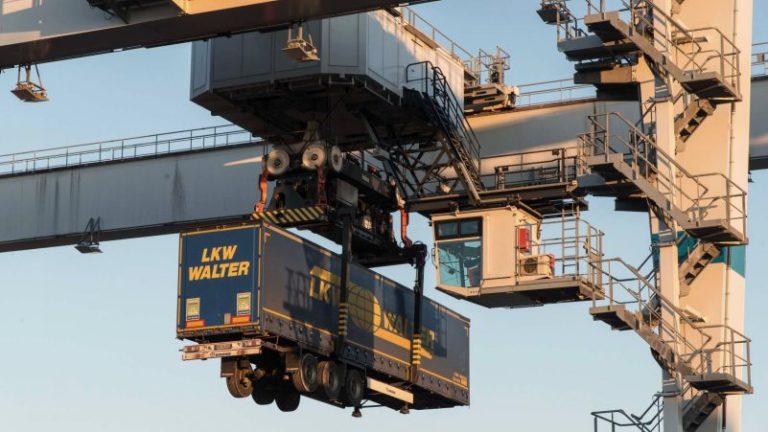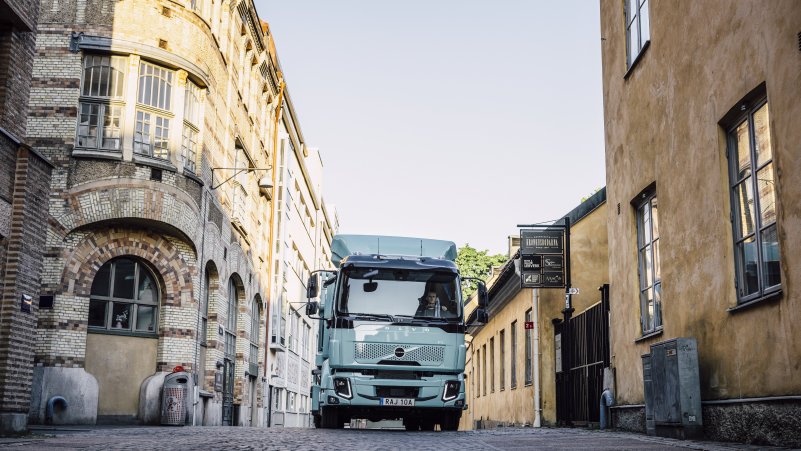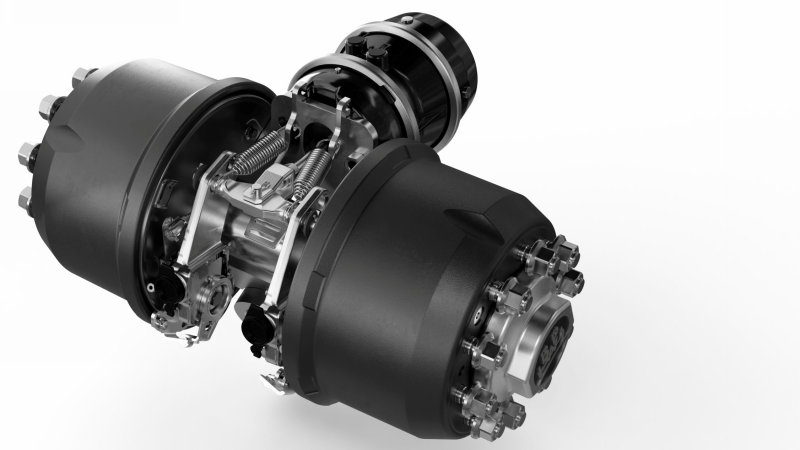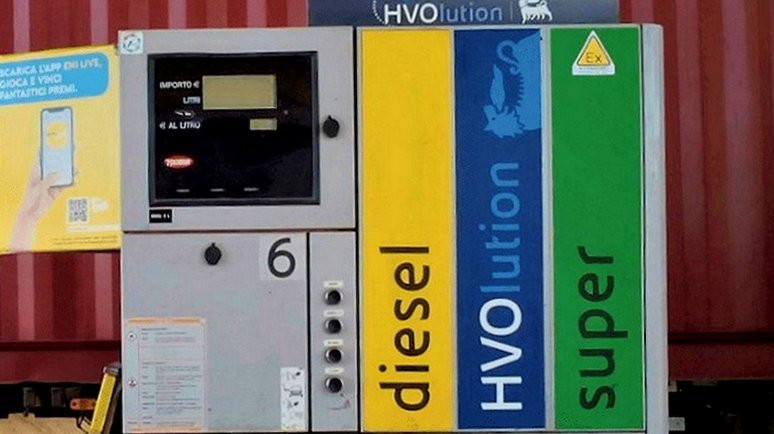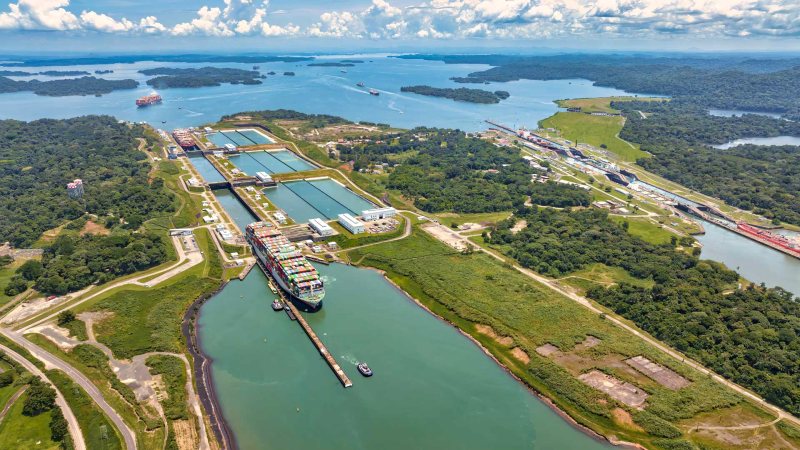In the realm of European transport policies, the intermodality sector faces a significant challenge: the need for a clearer and more accessible definition of "combined transport." The European Commission's proposal to replace the current definition, which relies on an external cost calculator and a 40% threshold, stems from a strong sectoral demand highlighted in a recent position paper by the UIRR.
The concept of "combined transport operation," introduced into European law back in 1975, is now at the center of a debate reflecting the need for adaptation to the contemporary realities of freight transport. Criticism of the current definition arises from a broad consultation involving various industry stakeholders, as part of impact assessments for previous attempts to amend the Directive. The European Commission has acknowledged the need for reform.
The intermodality sector, always keen on ensuring fair conditions among different transport modes based on the internalization of external costs, sees the external cost advantage of door-to-door intermodal transport over the unimodal road alternative as a logical and relevant choice. However, the proposal to replace the combined transport definition with an external cost calculator raises doubts about its daily practicality, eliciting criticism from intermodal customers, freight forwarders, and logistic service providers.
The UIRR's proposal for revising the Combined Transport Directive is straightforward: introduce a definition that eliminates uncertainties and offers a simple, harmonized, and undisputed solution at the European level. By using reference values contained in Table 69 of the current edition of the Transport Externality Handbook, the proposal suggests a ratio between non-road and road modes in an intermodal transport operation that achieves a 40% saving in external costs compared to the road alternative. The result, for long distances, would be a 60:40 ratio between non-road and road sections of a single intermodal transport operation, with the possibility of exemptions where terminal density and available transport capacities do not support it.
The new proposed definition, based on models that consider variables such as the distance covered by the road alternative (15% less compared to door-to-door combined transport) and the use of a Euro VI diesel truck for road haulage in both combined and unimodal road transport, aims for an ambitious goal: to save 40% of the external costs of the unimodal road operation.



